
Significance of Supplemental Lighting
- Home
- Significance of Supplemental Lighting
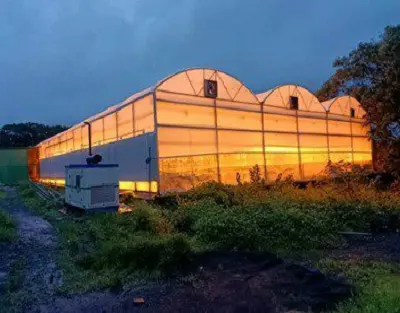
Significance of Supplemental Lighting

Unlocking the Potential of Greenhouse Cultivation with Supplemental Lighting : Light is an essential component for the growth of plants. In greenhouses, natural light is the primary source of energy for photosynthesis. However, during the winter months, the intensity and duration of natural light decrease, which affects plant growth and yield. This is where supplemental lighting comes into play. Supplemental lighting provides additional light to plants, ensuring optimal growth and yield. In this article, we will discuss the significance of supplemental lighting in greenhouses, with a focus on LED lighting.
Firstly, let’s define supplemental lighting. Supplemental lighting is the addition of artificial light to the natural light available to plants. It provides a controlled light environment that enables the grower to adjust the light spectrum, intensity, and duration according to the plant’s requirements. The use of supplemental lighting is especially important in greenhouses located in regions with low light levels during winter, or in areas where there is not enough natural light for optimal plant growth.

Now, let’s focus on LED lighting, which has emerged as the preferred choice for supplemental lighting in greenhouses. LED lighting offers numerous advantages over other types of lighting, such as high-pressure sodium (HPS) and metal halide (MH) lighting. Firstly, LED lights are more energy-efficient than HPS and MH lights, which reduces the overall energy consumption of the greenhouse. Secondly, LED lights have a longer lifespan and are more durable, reducing the need for frequent replacements. Thirdly, LED lights emit less heat than HPS and MH lights, reducing the need for additional cooling systems, and ensuring a stable temperature for plant growth.
When it comes to the technical aspects of LED lighting, it is important to understand the different spectrums of light. LED lights can be customized to emit specific spectrums of light, such as red, blue, or a combination of both. The red spectrum is ideal for promoting flowering and fruiting, while the blue spectrum is necessary for vegetative growth. By adjusting the light spectrum, growers can manipulate plant growth and development, resulting in better quality and quantity of harvest.
Another important factor to consider when using LED lights for supplemental lighting is the light intensity. The intensity of light is measured in micromoles per second per square meter (μmol/s/m²). The ideal light intensity for plants varies according to the type of plant, growth stage, and greenhouse conditions. By measuring the light intensity, growers can ensure that their plants receive the optimal amount of light for growth and yield.
Supplemental lighting is a crucial component of greenhouse production, especially during the winter months. LED lighting offers numerous advantages over other types of lighting, such as energy efficiency, durability, and customizable spectrums. By providing the right amount of light, growers can ensure optimal plant growth and yield, resulting in higher quality and quantity of harvest. By understanding the technical aspects of supplemental lighting, growers can make informed decisions when selecting lighting systems for their greenhouse production.
- Greenhouse Supplemental Lighting
- Supplemental Lighting
- LED Supplemental lighting
- Supplemental lights in India
- Supplemental grow lights
- PAR Lights
- LED PAR Light
- LED PAR Lamps in India
- PAR Lights in India
- LED Grow Lights
- Best LED grow lights
- Best LED grow lights in India
- Blog Categories
- Basic of Artificial Lighting for Plants
- Basic of grow Light
- Case Studies
- General Awareness
- Indoor Vertical Farming
- Medical Plant Research
- Online Tool
- Pitch Grow Light
- Plant Lighting Measurement
- Speed Breeding
- Supplemental Lighting
- Tissue Culture Grow Lights
- Vertical Green Wall
- LED Grow Lights
- Pharma Segment
- General
Popular Products
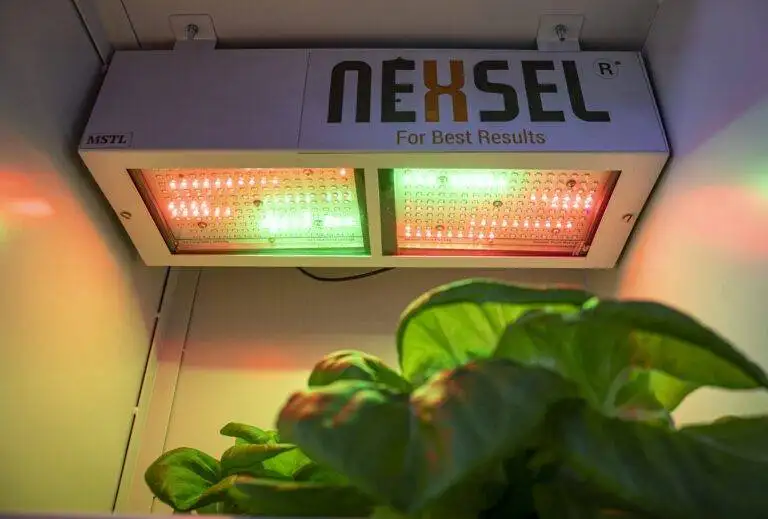
Enquire Now
Quick Link
Other Links
Design & Developed By VBTEK


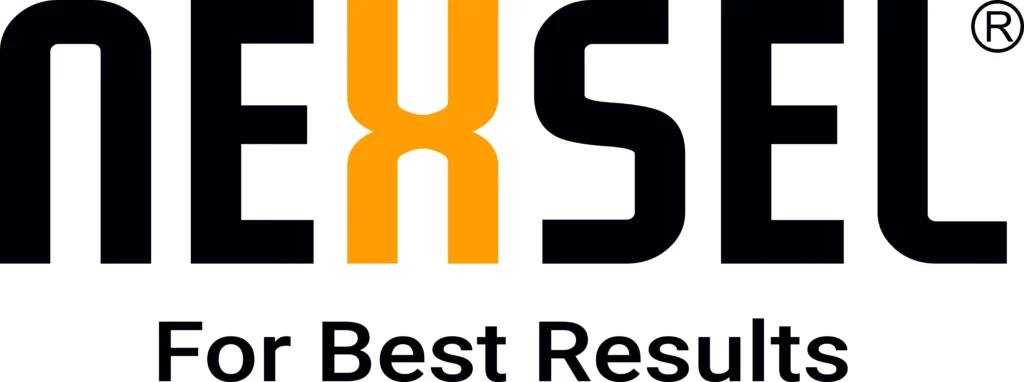
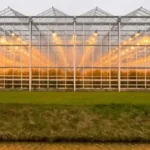
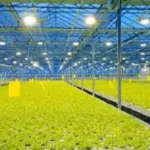
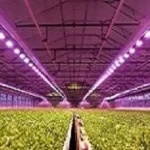
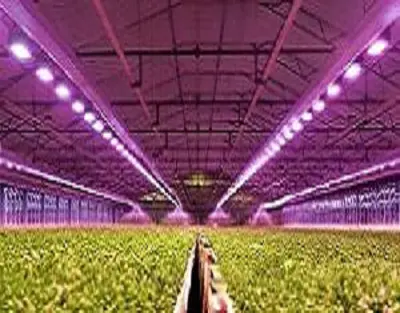
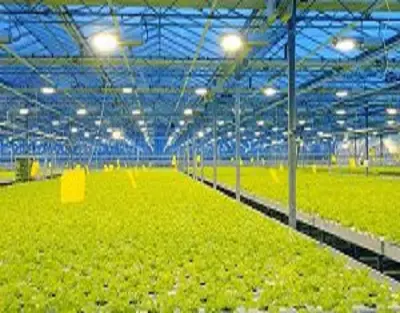
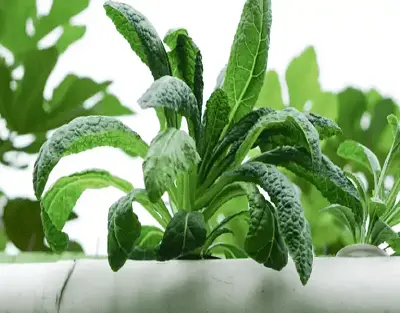
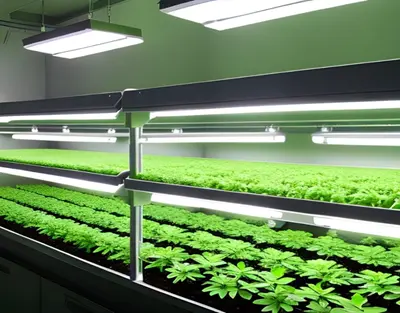
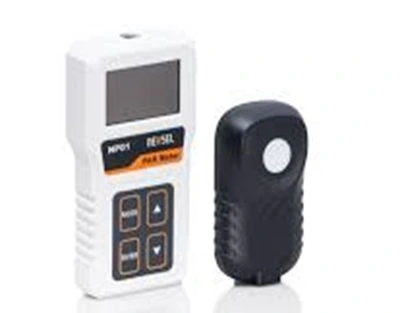
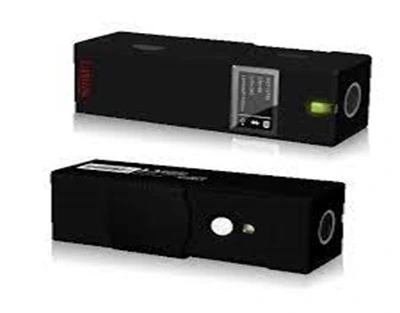
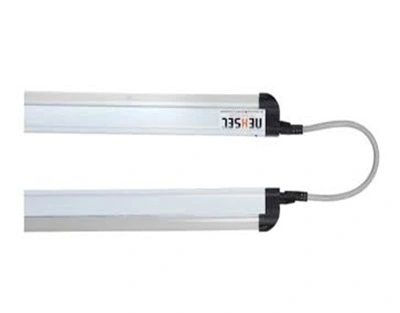
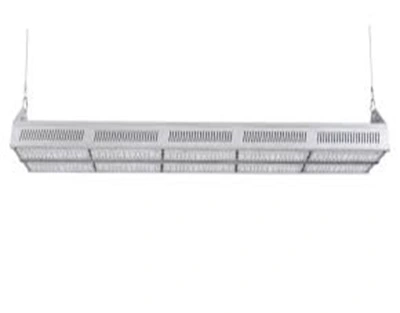
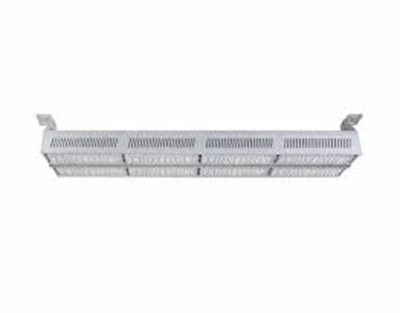
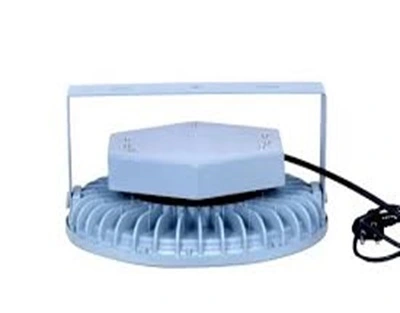
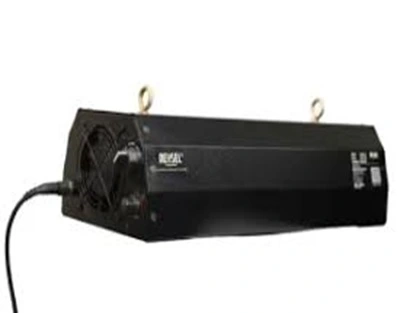
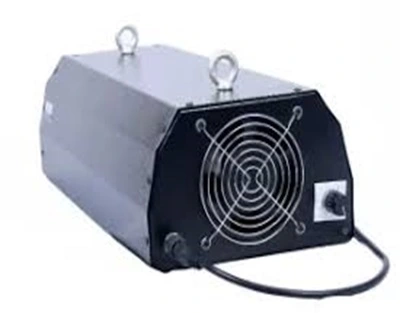
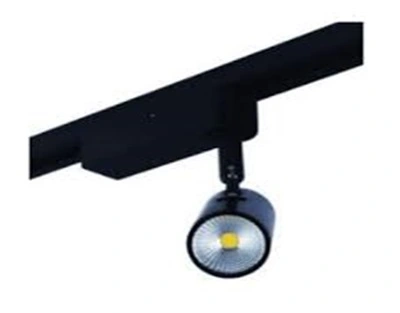
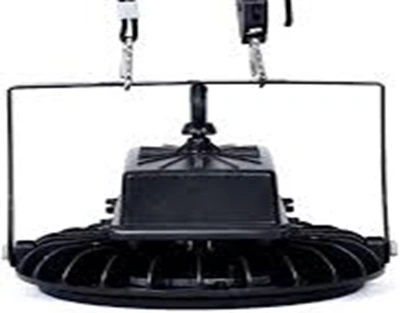
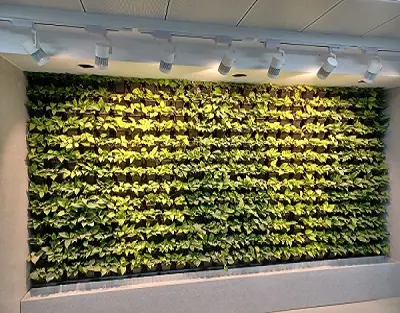
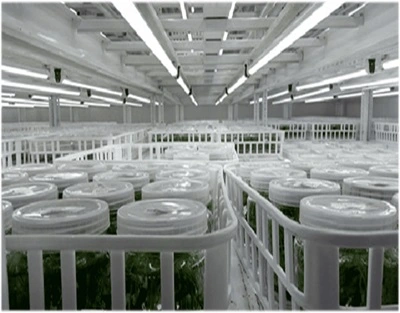
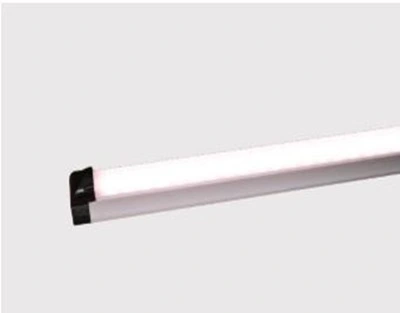
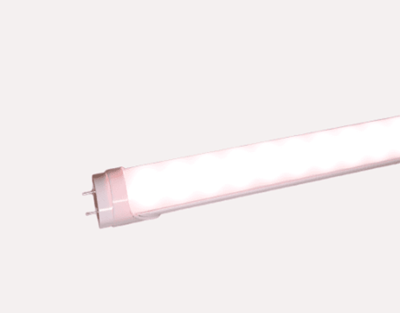
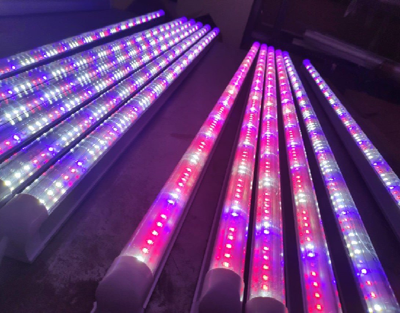
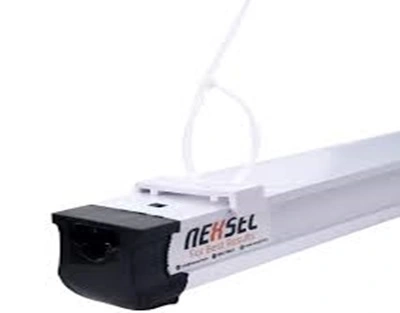
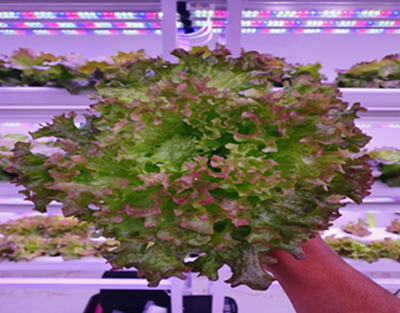
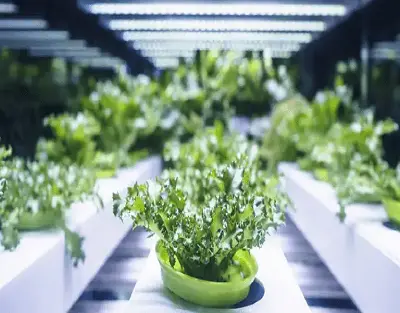
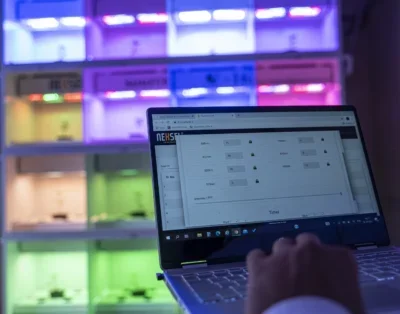


Leave A Comment